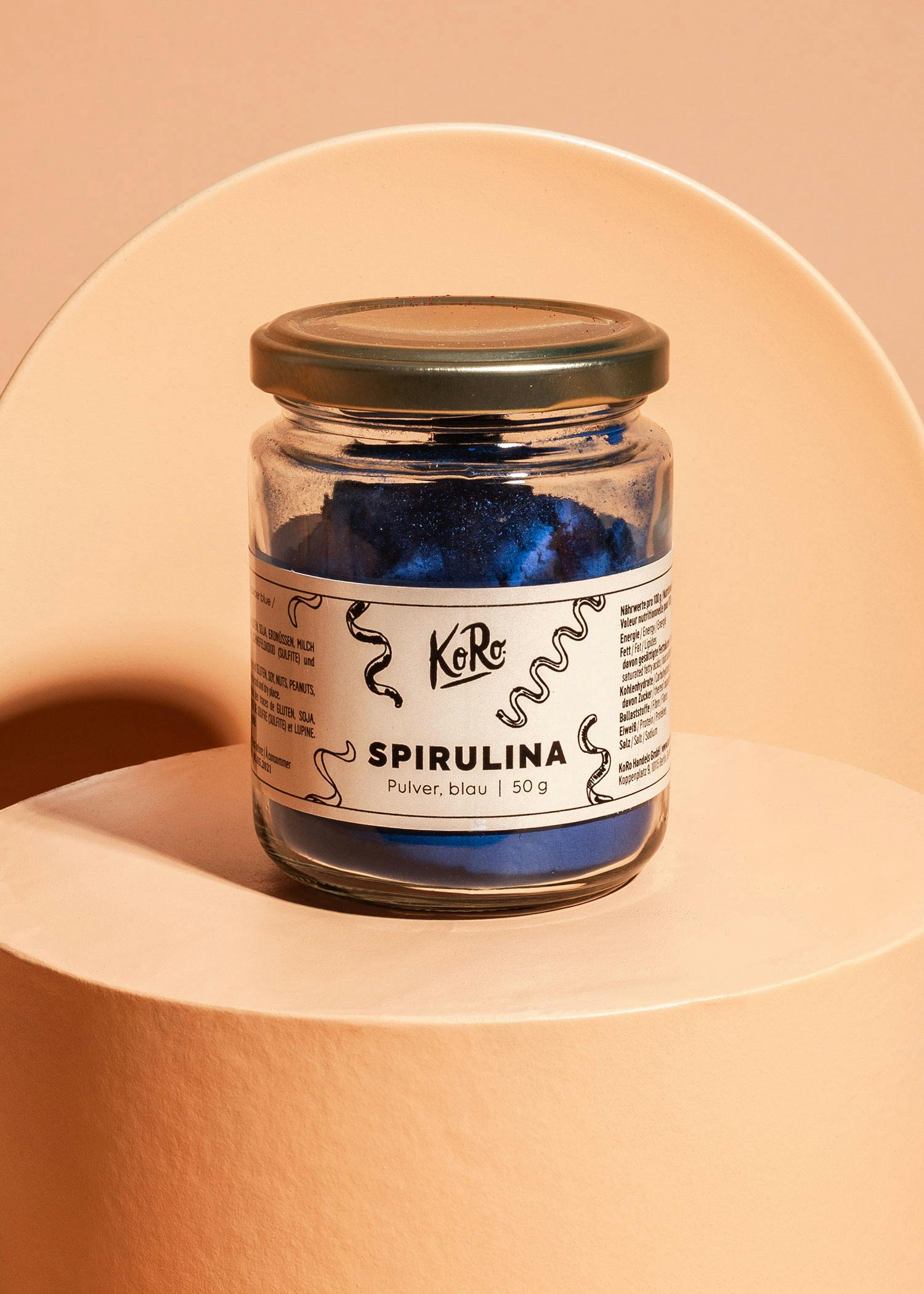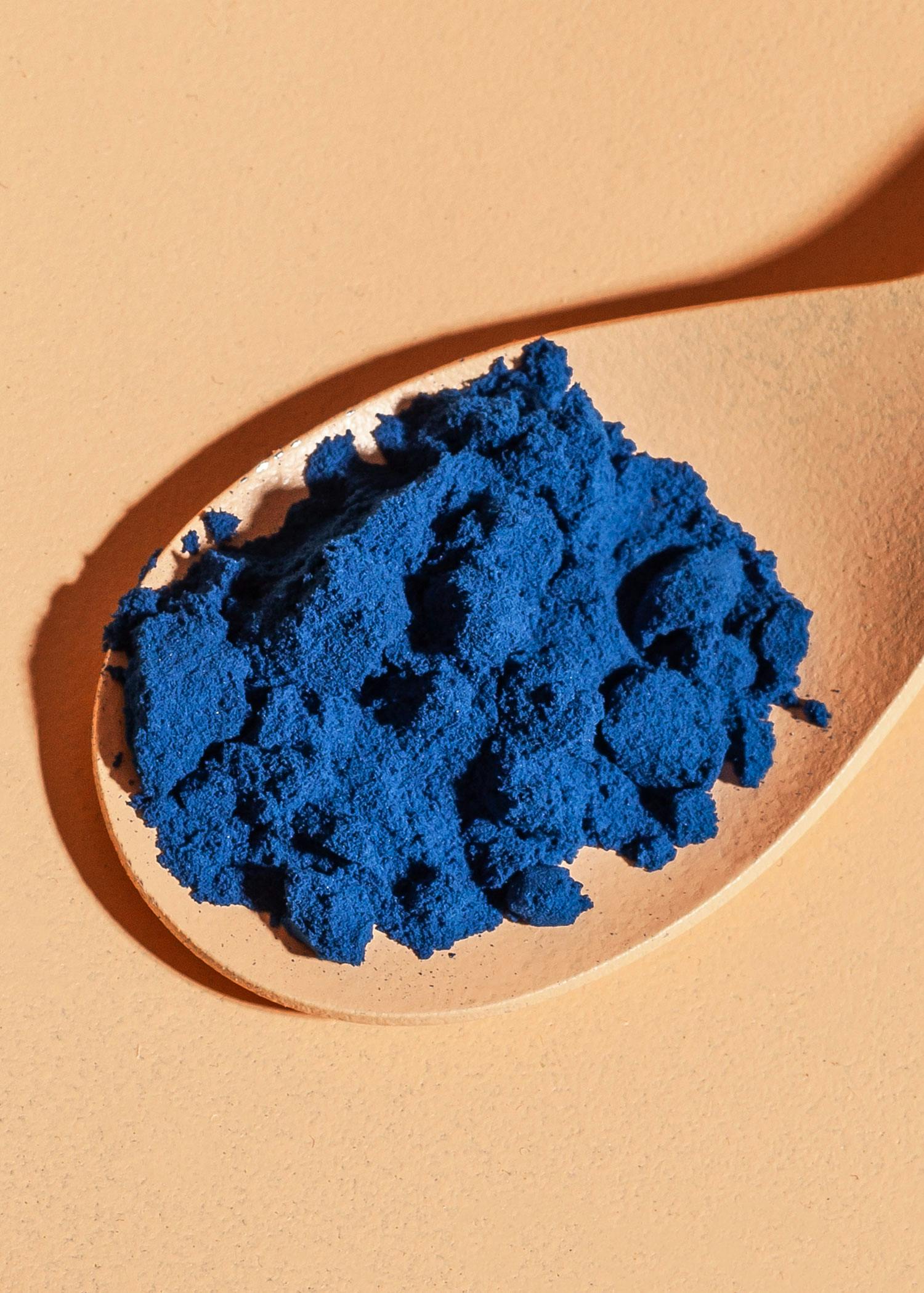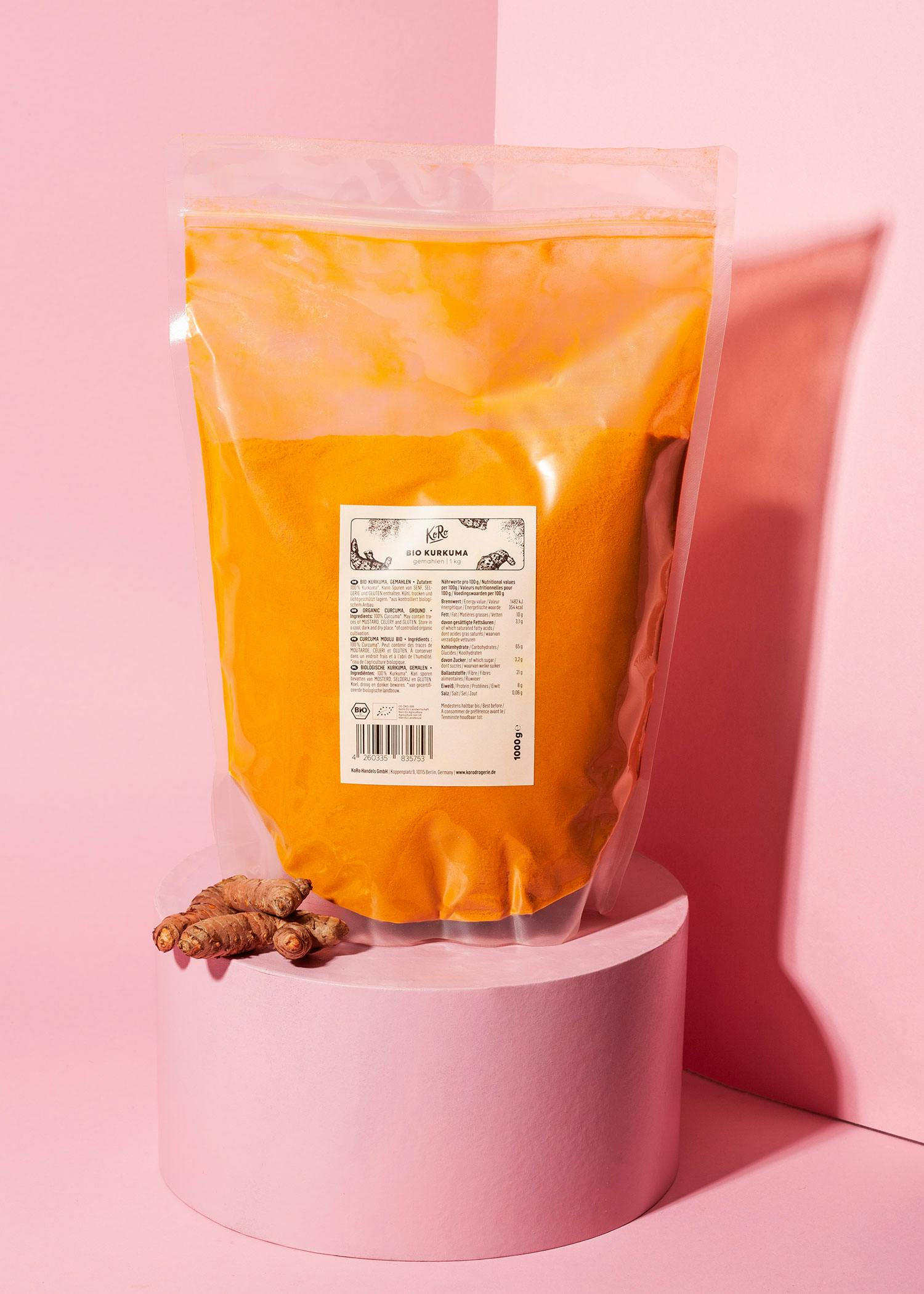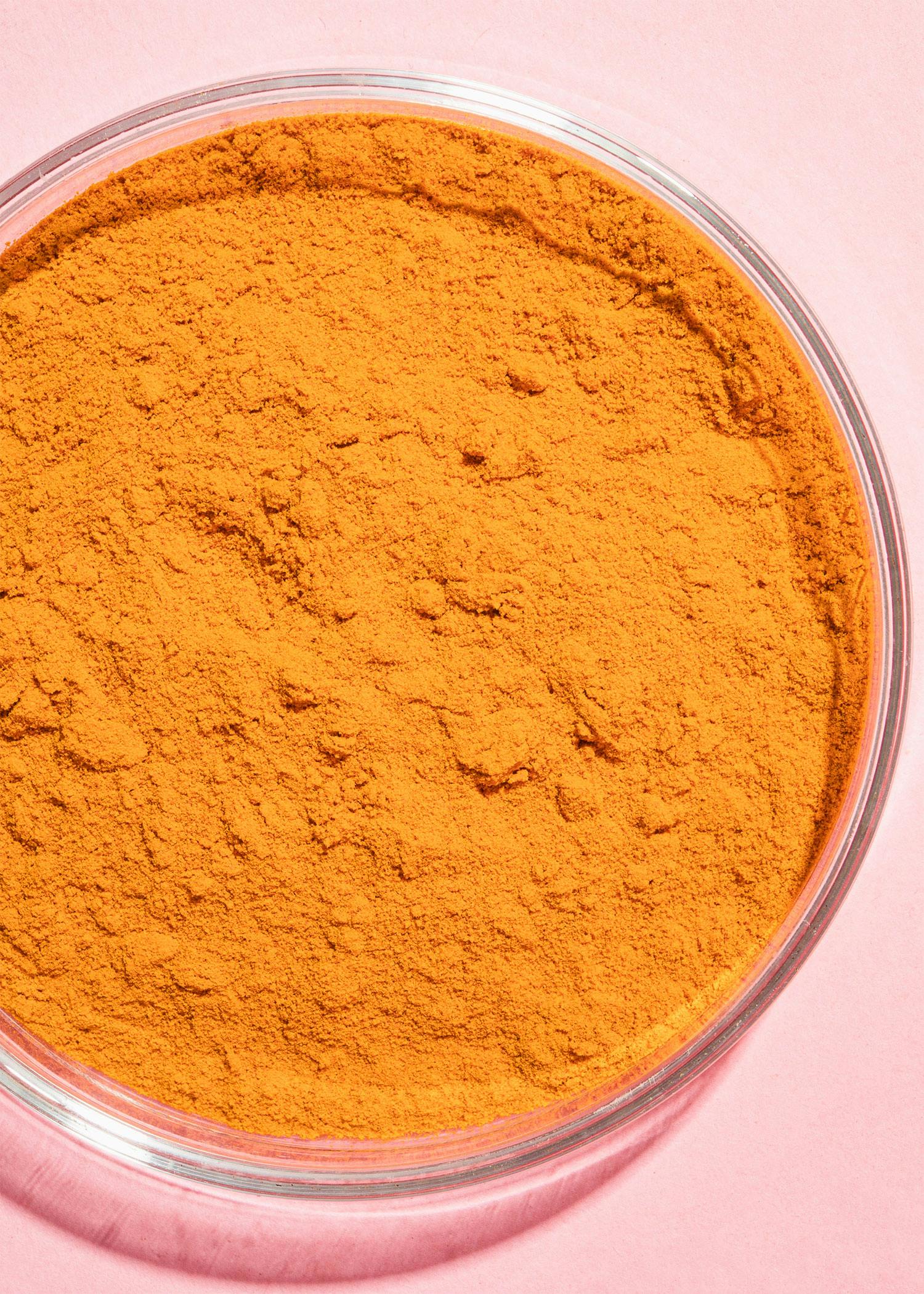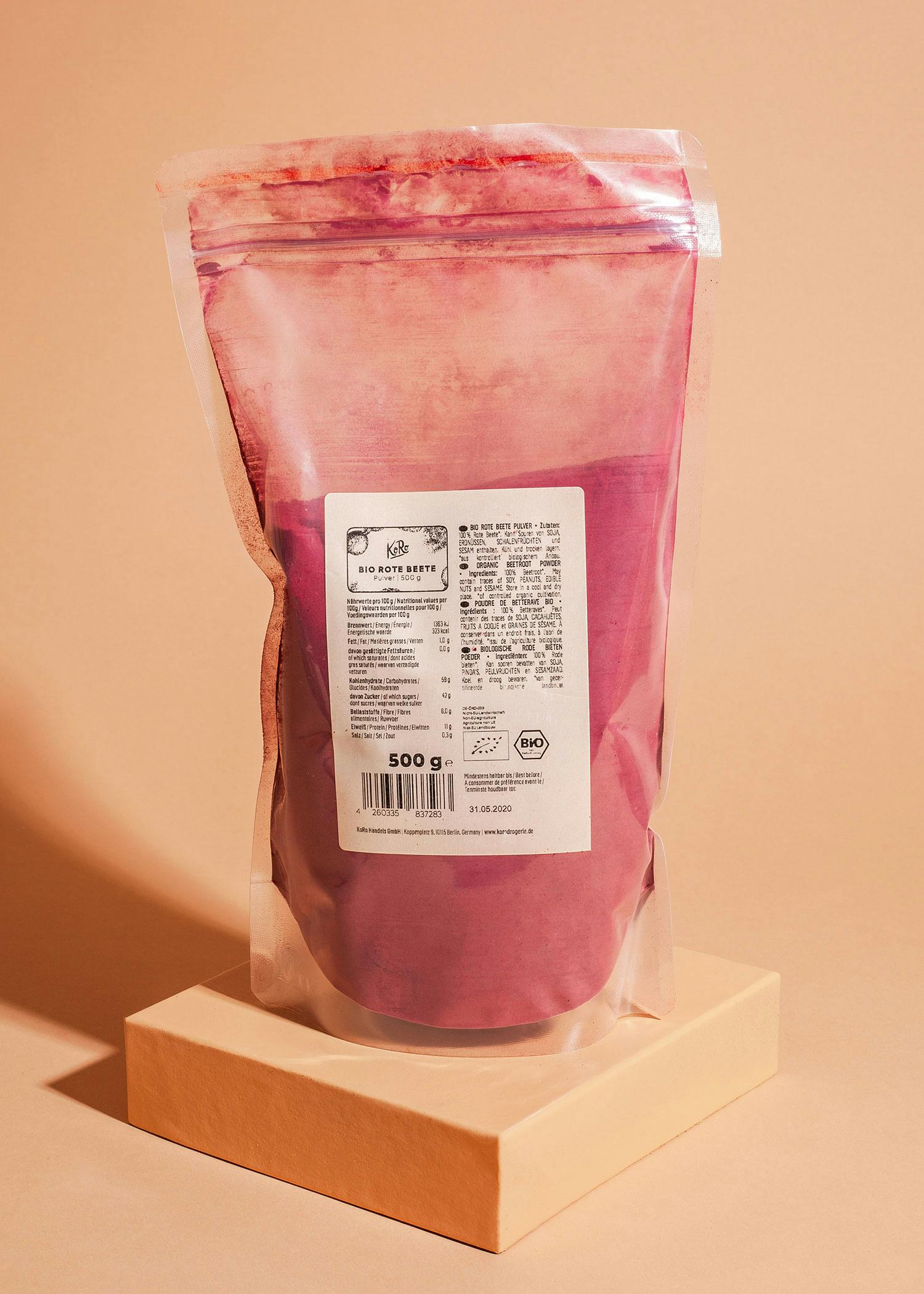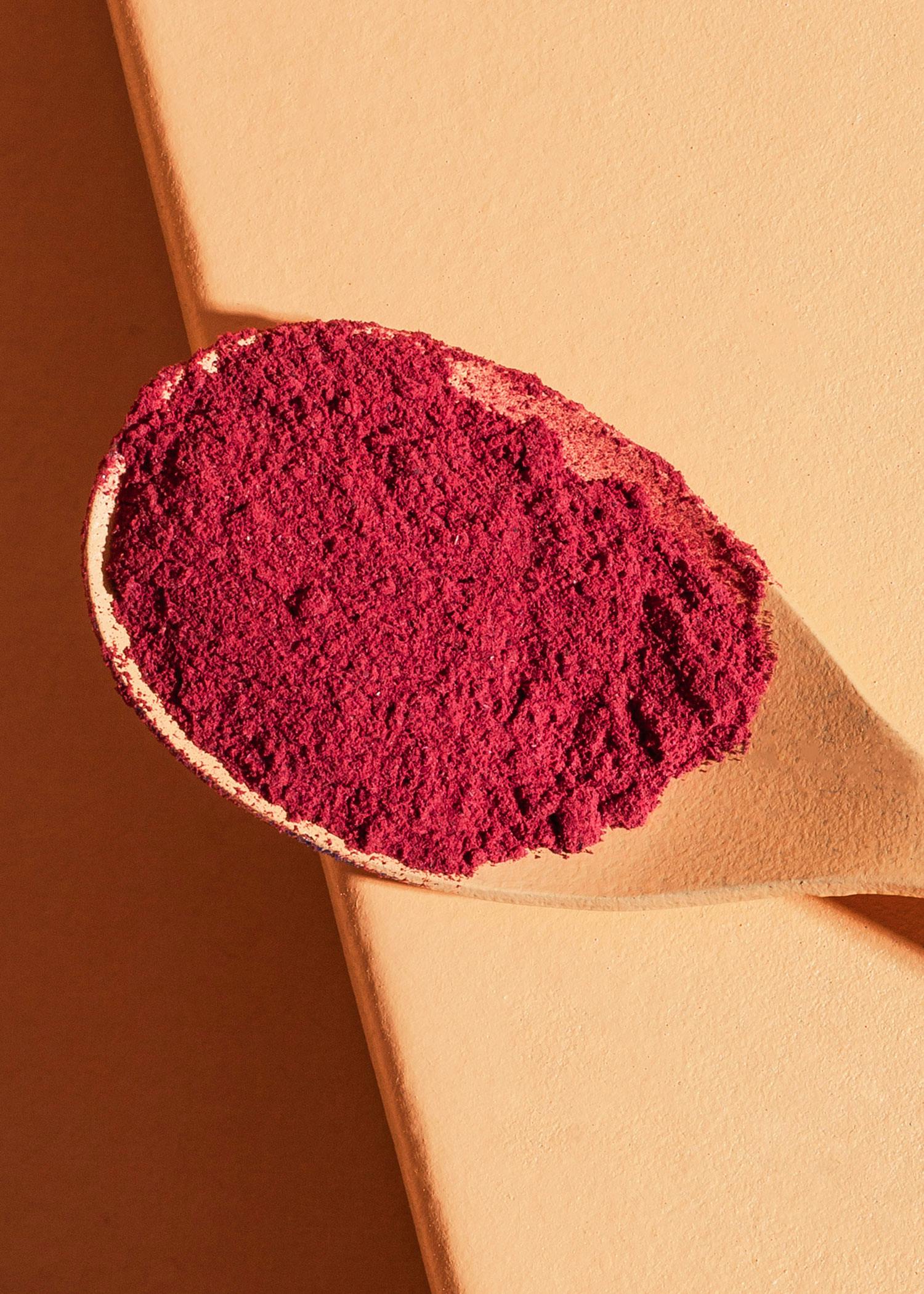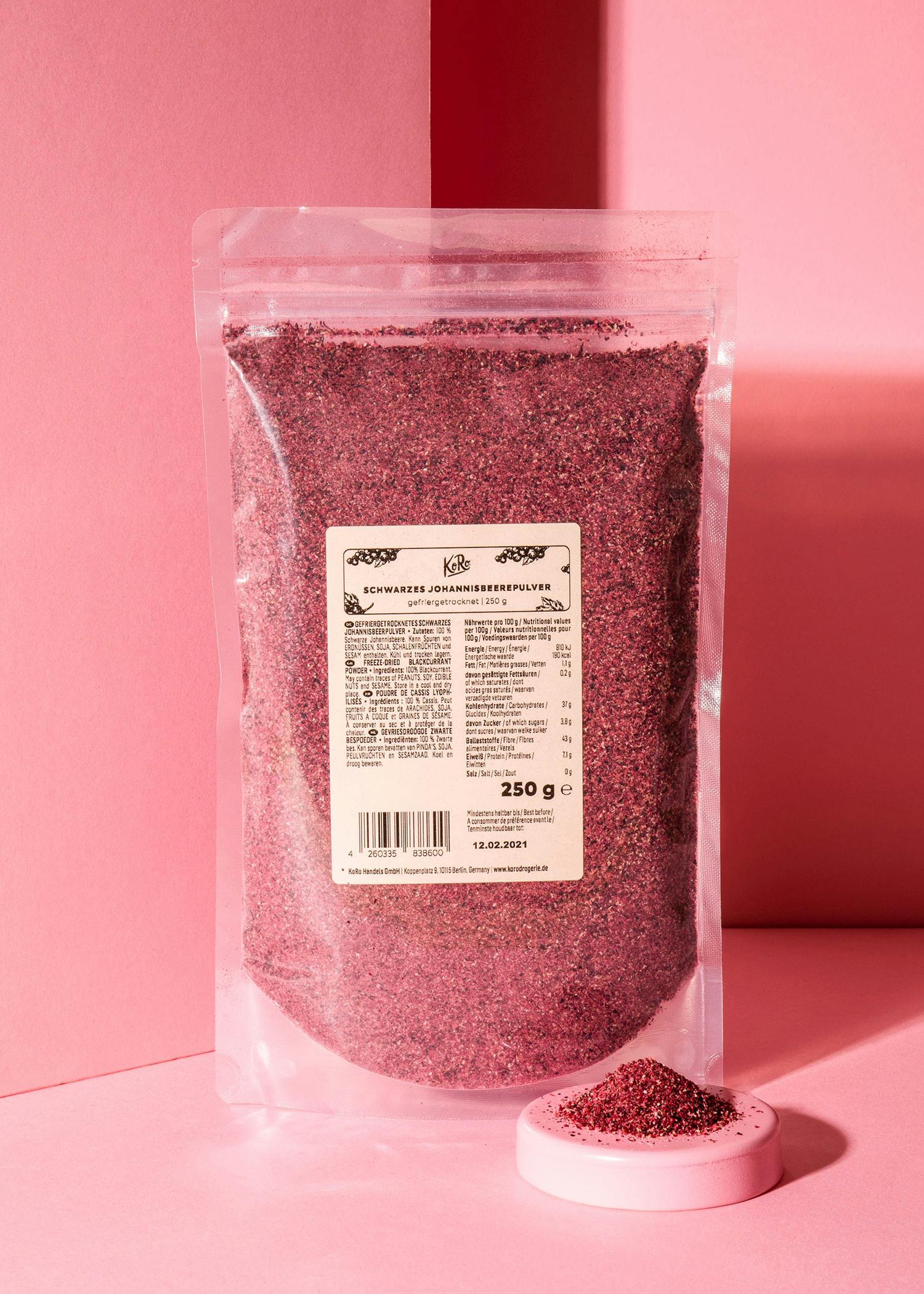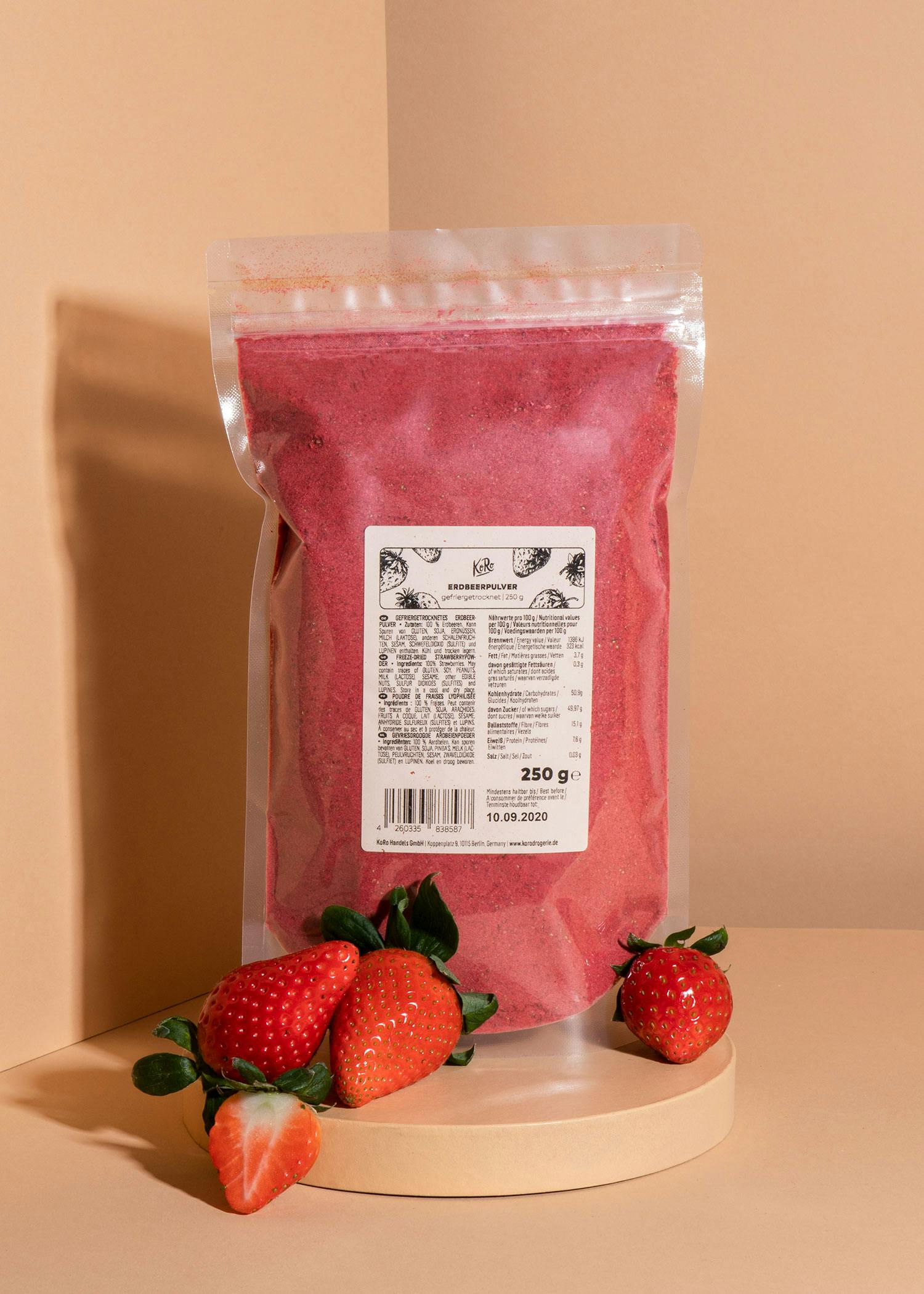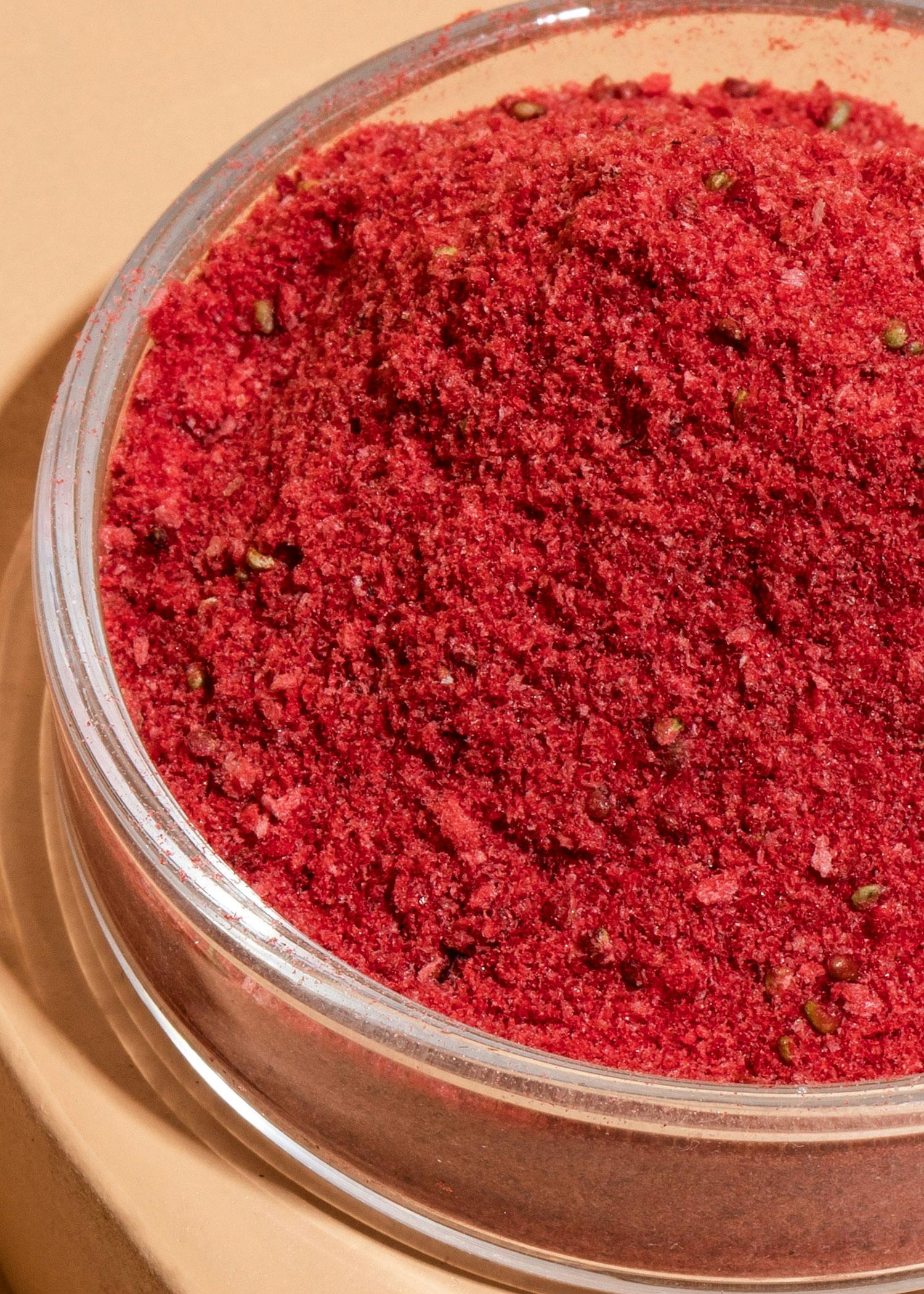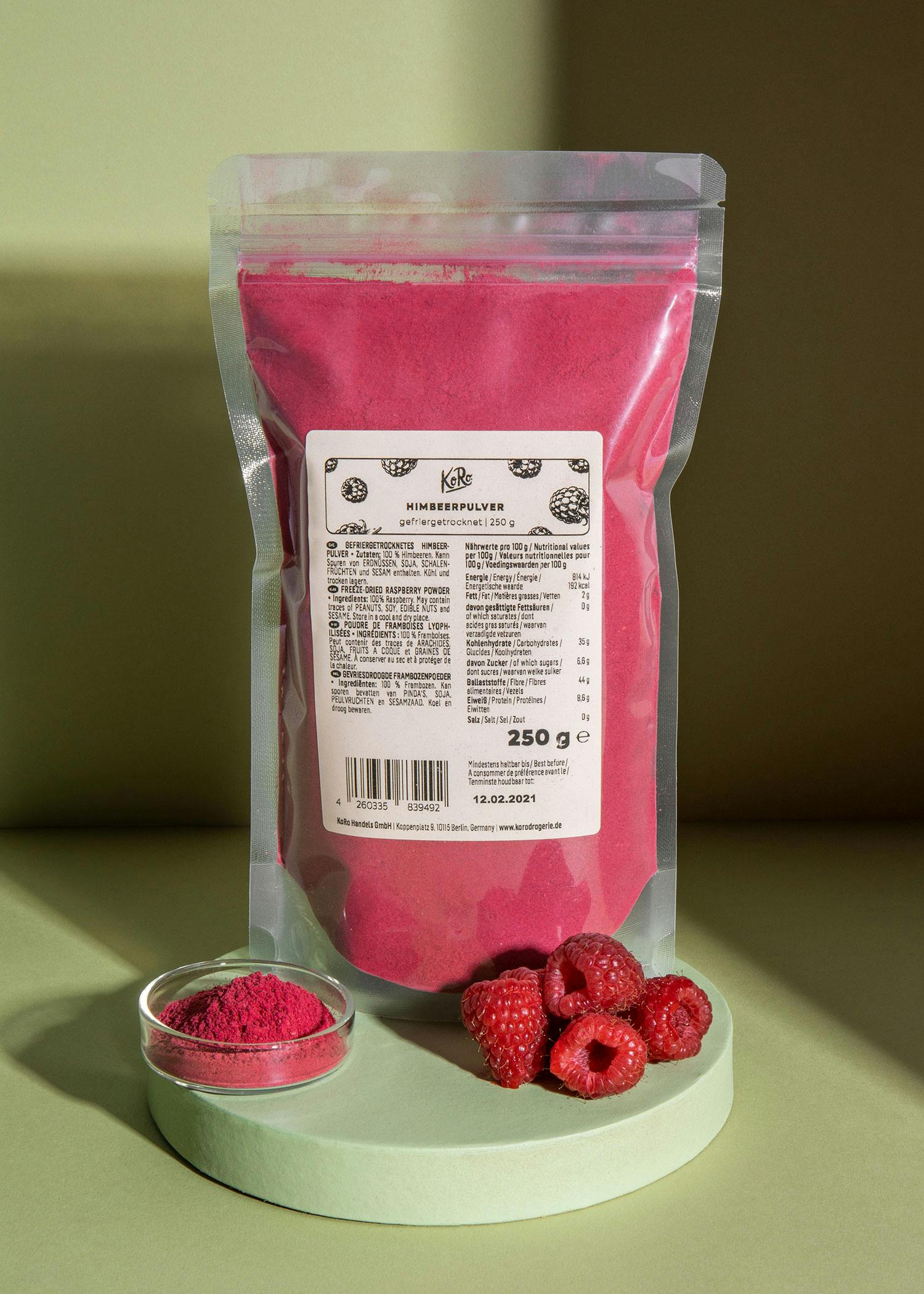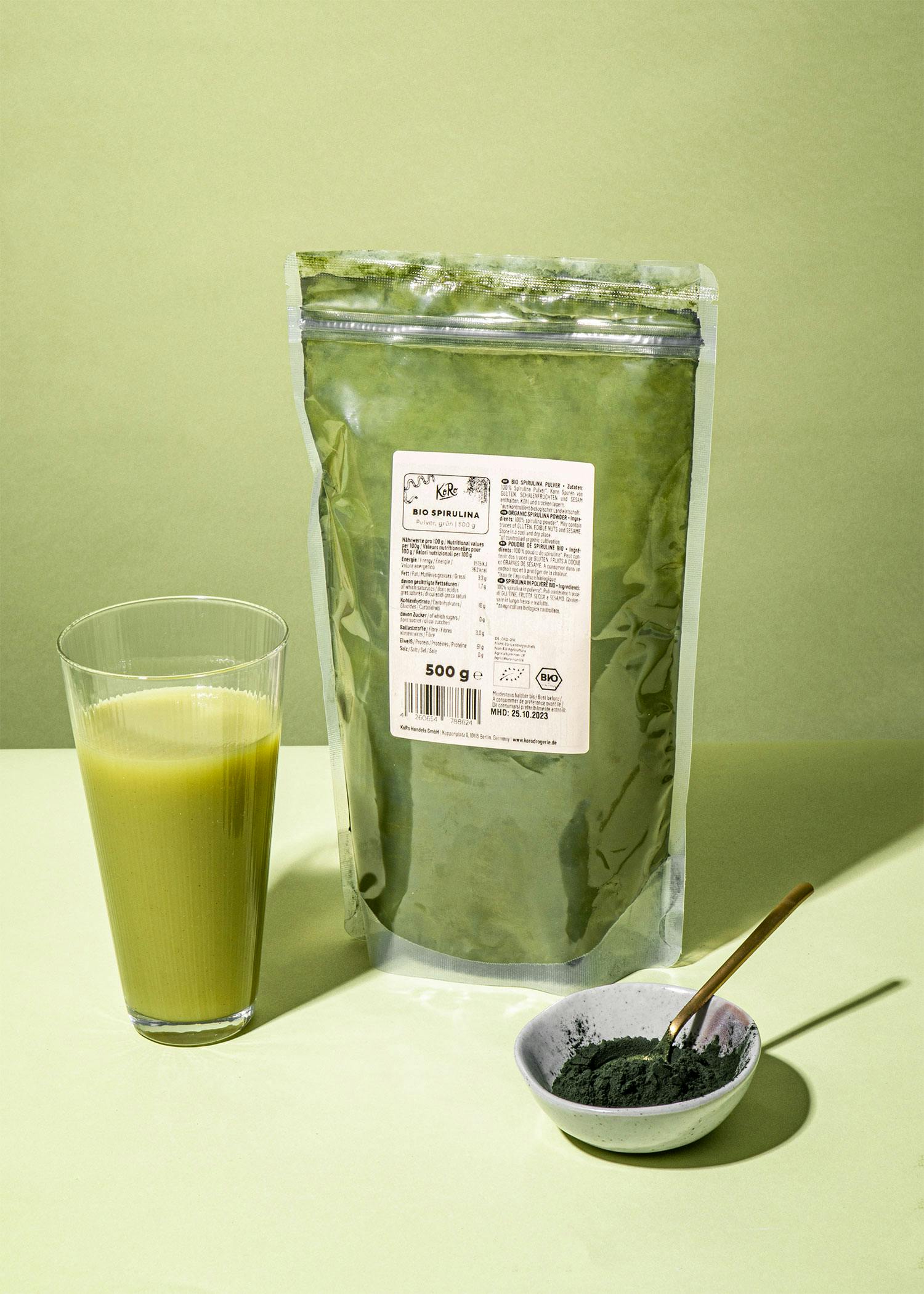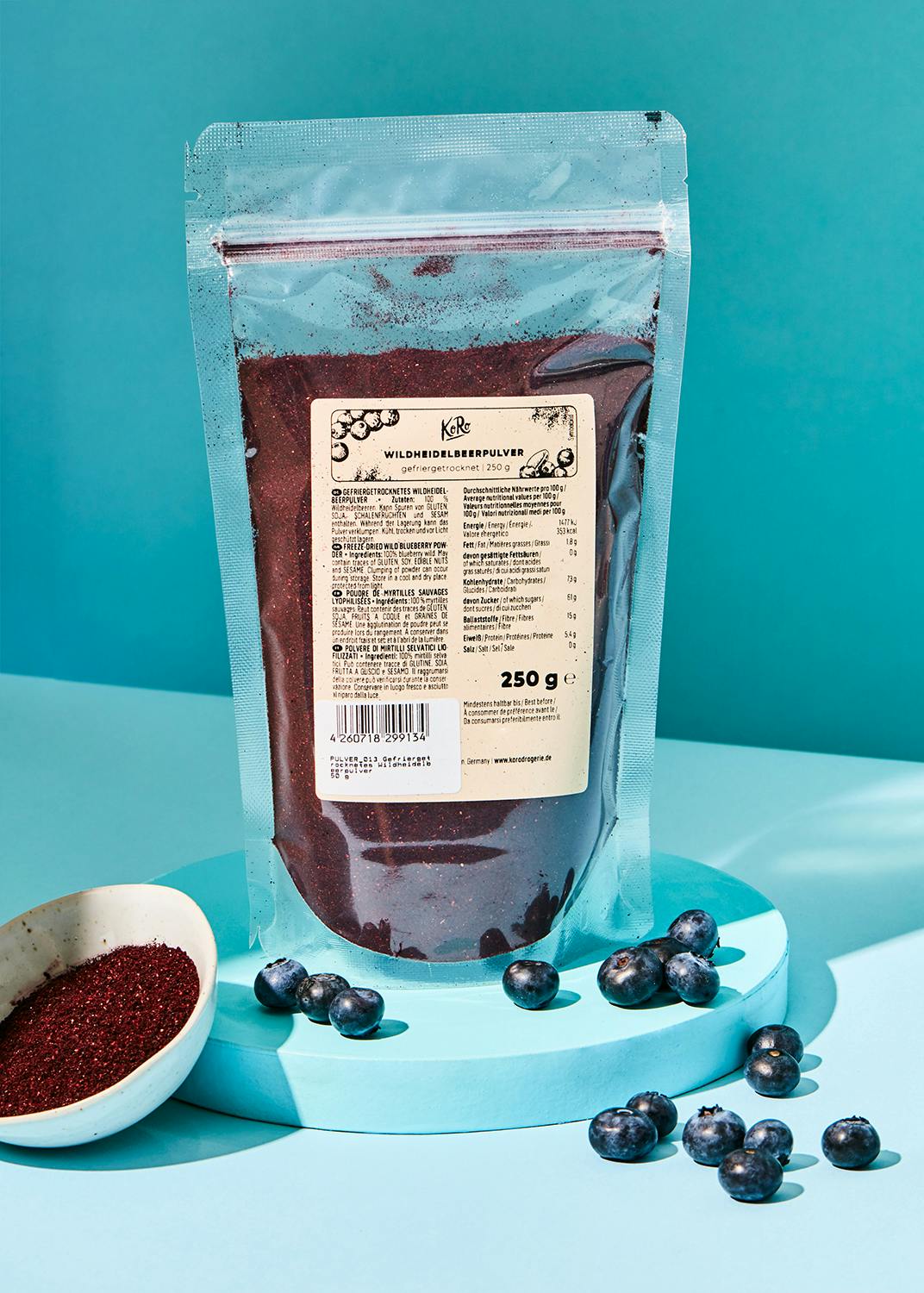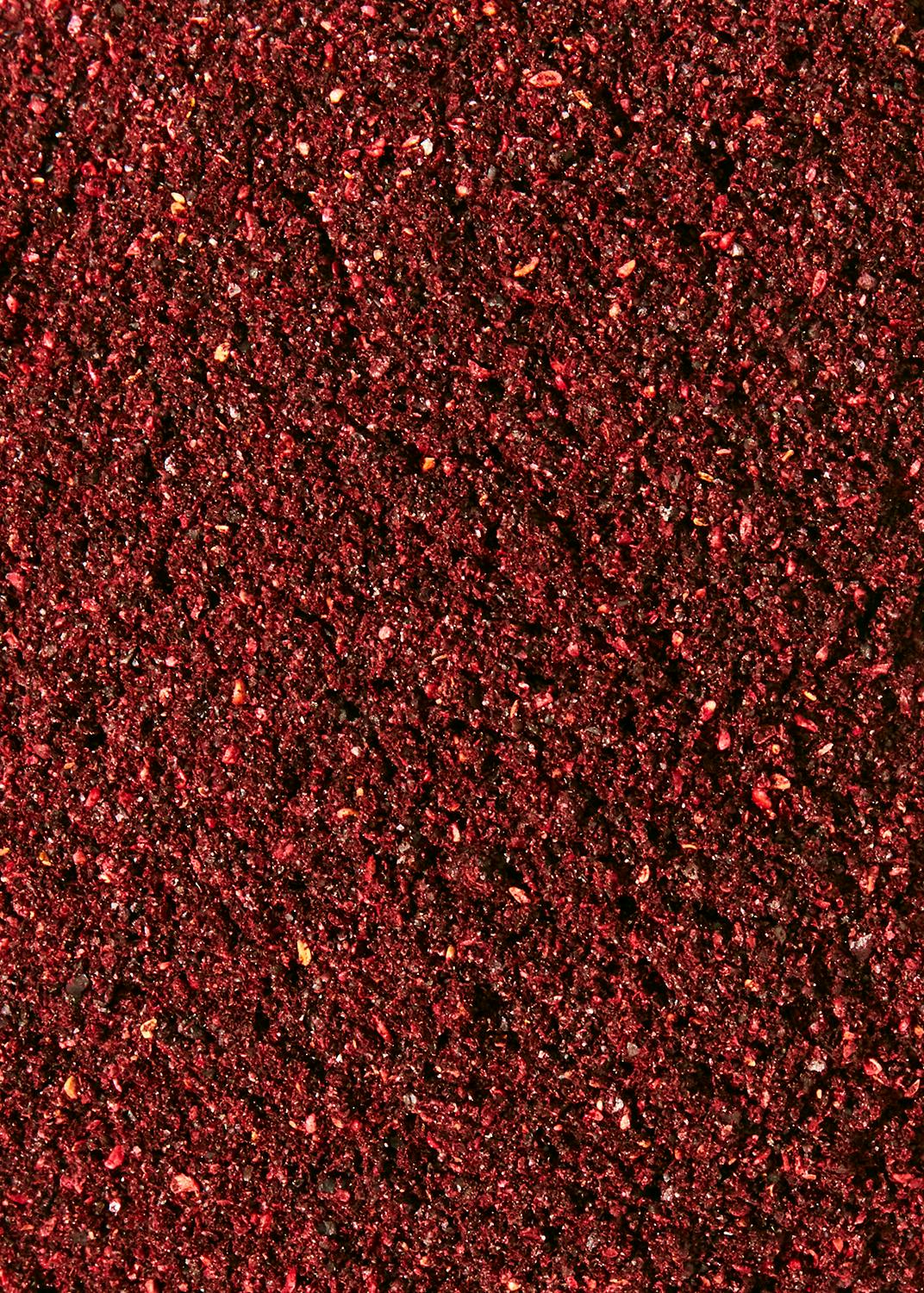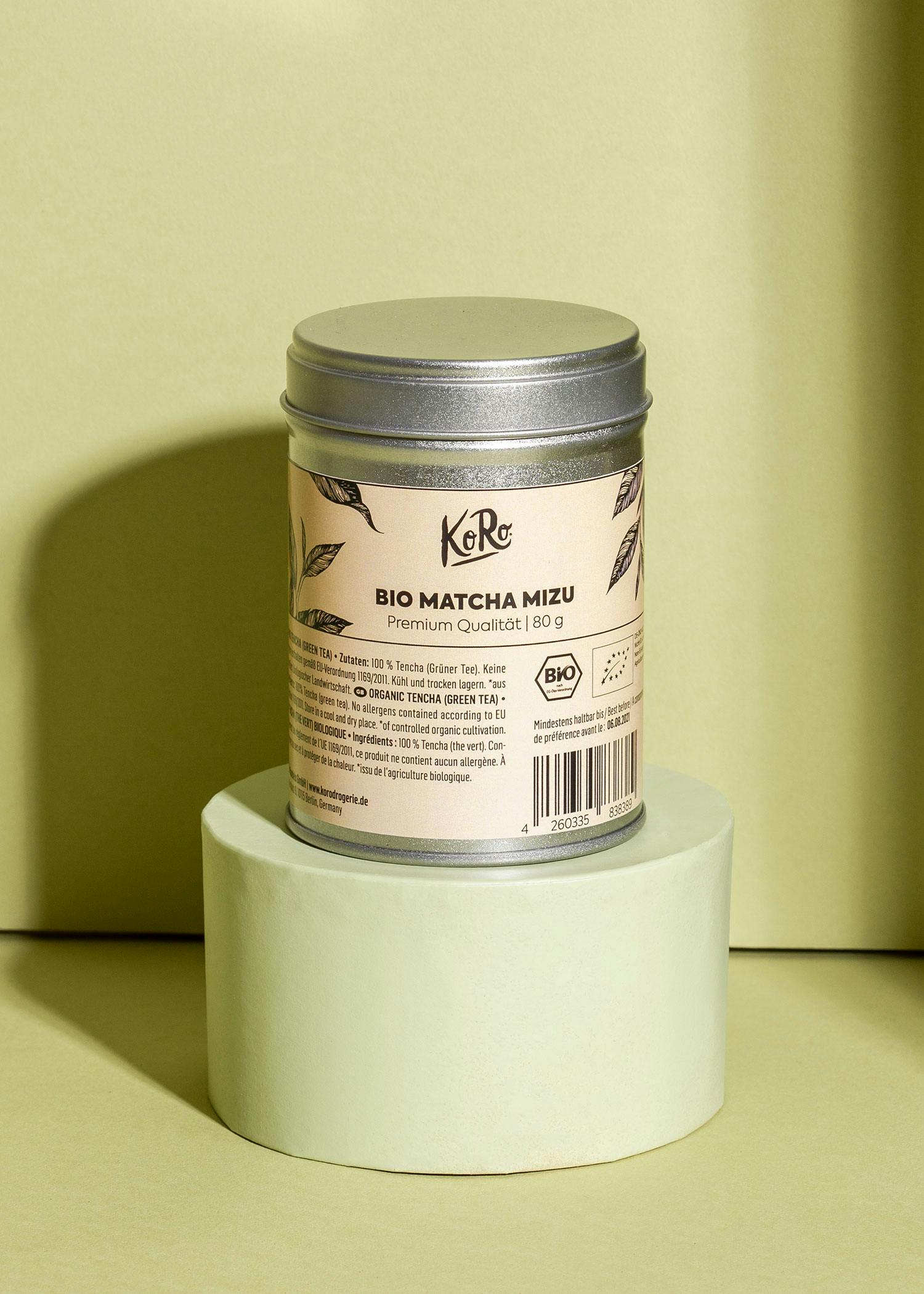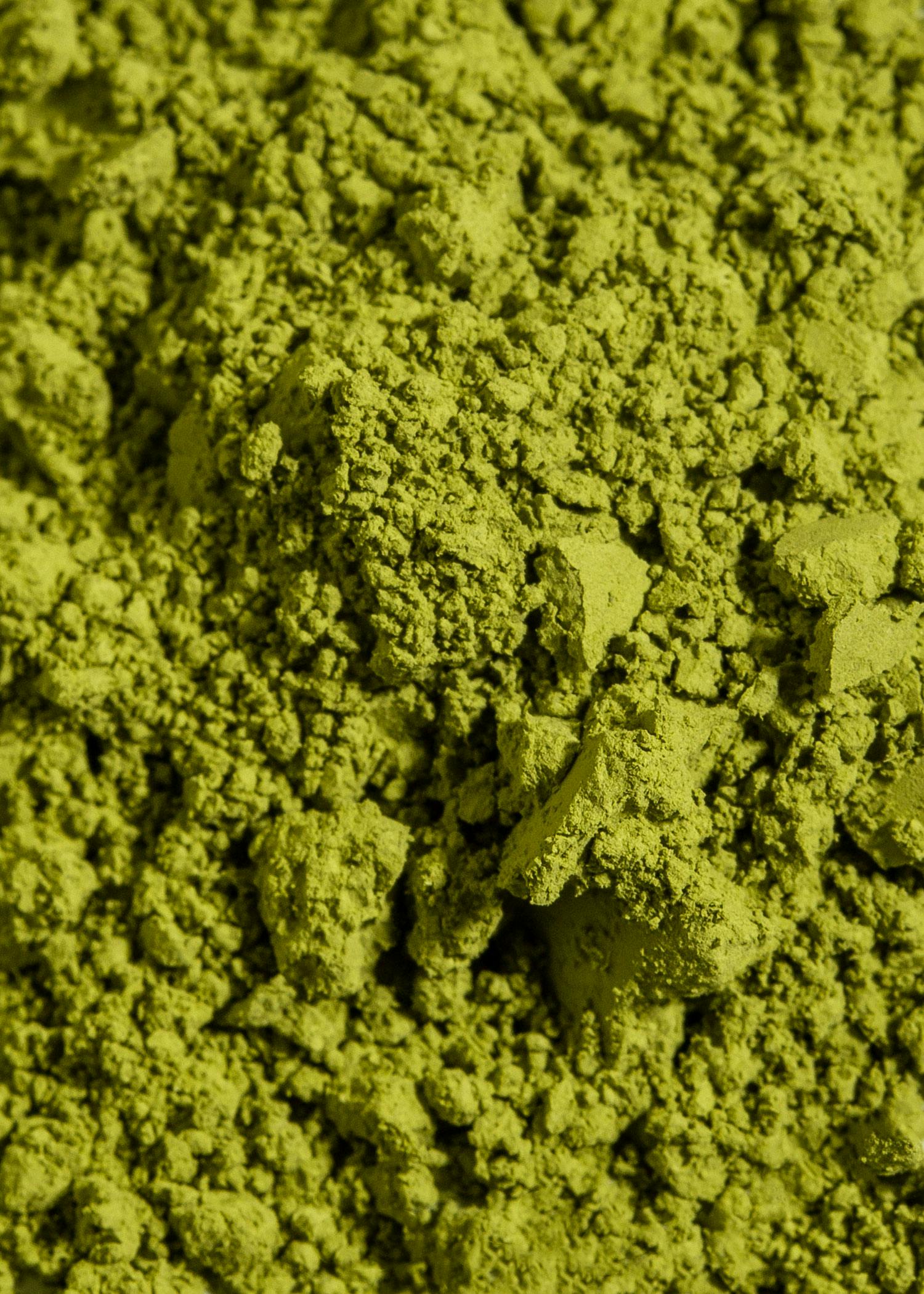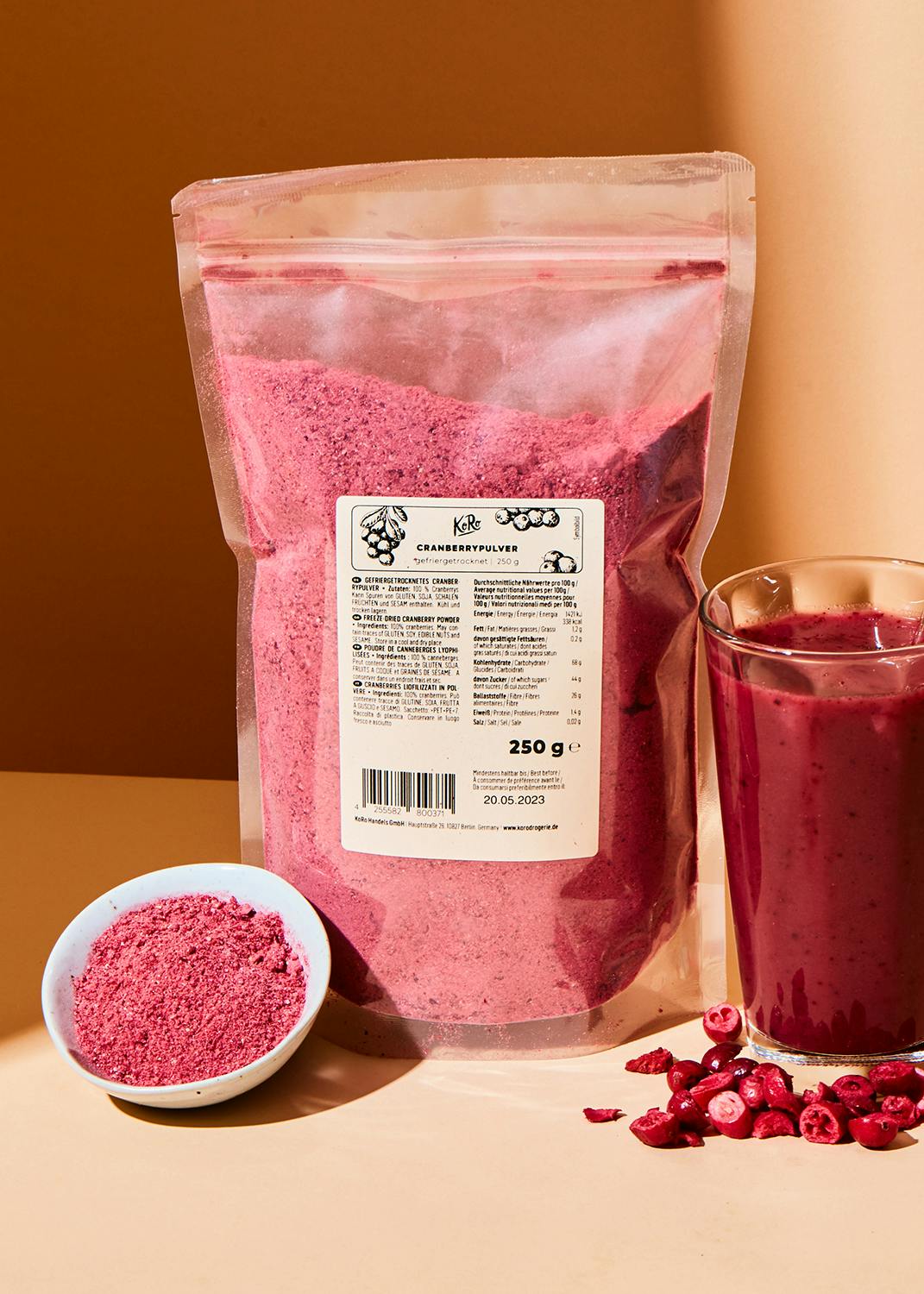Black ice cream, poisonous green cookies, bright yellow rice - sometimes colors just make our food a little more exciting and original. Whether you want to impress your party guests or simply want to try something new - there are many good reasons why you should definitely spice up your food with natural colors. And if you still want to design Easter eggs this year: all natural colorants are also suitable for dyeing eggs.
Matcha powder for a rich green color
A rich green looks healthy, vital and natural. Lush green smoothies make a healthy and appealing impression for their appearance alone. If you are a little more adventurous, you can also bake poison green cookies or add color accents to cakes using matcha powder. However, you should bear in mind that it has its own taste and therefore does not go so well with every food. It is best to try it "pure" beforehand and then use it.
Turmeric powder for a bright yellow color
If you have ever peeled a fresh turmeric tuber, you will know that this bright orange exotic plant stains food and your hands quite intensely and for a long time. Therefore, always wear gloves when using turmeric! Turmeric looks and tastes great in a lentil curry or in other exotic dishes that need a yellow tinge.
Cocoa powder for a rich brown color
You may already be familiar with this variant - cocoa powder is often used for the dark batter in marble cake. But cocoa powder is also an excellent natural colorant for other baked goods that need to be darker or look like chocolate.
Activated charcoal powder for deep black
Black ice cream, black rolls, black pudding - THE eye-catcher par excellence, and not just at Halloween parties. Sometimes it takes a little effort to try the black treats, but black food is definitely fun. Positive side effect: activated charcoal is good for your digestion, gums and teeth and also has a natural "detox" effect on your body.
Blueberries and spirulina powder for an intense blue color
Blue accents with blueberries provide a welcome change of color in your yogurt, pudding or baked goods. You can use both whole fruits and the juice of the berries. The small, inconspicuous blueberries are also packed with vitamins. Blueberries are considered beauty food, i.e. food that makes you (even) more beautiful from the inside out. The vitamin C they contain stimulates collagen production and makes your skin look full and radiant. You can find out in detail how you can color with spirulina powder in this article in the Food Journal.
Raspberries for a vibrant pink color
Raspberries give your food a natural pink glow. The more raspberries you use, the richer and darker the color will be. However, just a few raspberries are enough for a rosy touch. Raspberry puree is ideal as a topping for desserts or as a cake glaze, for example.
Beet for a full red color
Beetroot is currently experiencing a real comeback. Once unpopular and considered a boring tuber vegetable, beetroot is increasingly becoming a trend food, not least because of its rich red color. Beet in a cake not only looks great, but also gives the cake an exceptionally delicious sweet taste and makes it a hit in every respect. You can use beet either whole, cut into small pieces or as juice for coloring.
Curry powder for bright orange
The following also applies when working with curry powder: it is better to take care of your clothes and hands - the powder settles incredibly quickly and stubbornly in pores and fibers and is difficult to wash out again. Curry is of course suitable for Indian and oriental dishes as well as for coloring rice, for example. Have fun trying out the colors!
